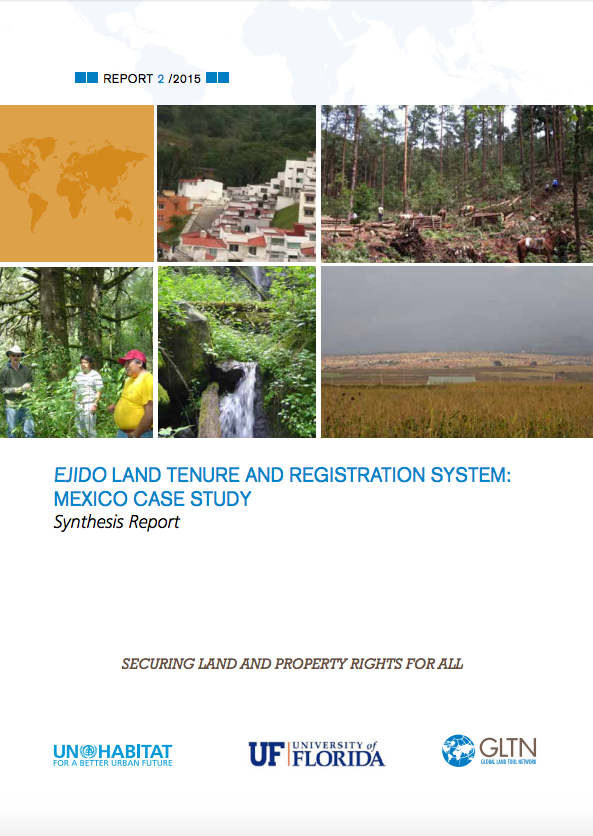Land Rights Management Facility Fourth Quarter 2014 report: Department of Rural Development & Land Reform briefing, with input from Minister
The Department of Rural Development and Land Reform (DRDLR) and the Minister briefed the Committee on the performance, outcomes and challenges of the Land Rights Management Facility, presenting the Fourth Quarter 2014 report, and also touching on the Extension of security of tenure (land) Amendment Bill. It was noted that the Land Rights Management Facility (LRMF) tried to facilitate provision of specialised legal and mediation services to indigent communities and individuals faced with violations of their rights pertaining to land and livelihood.









